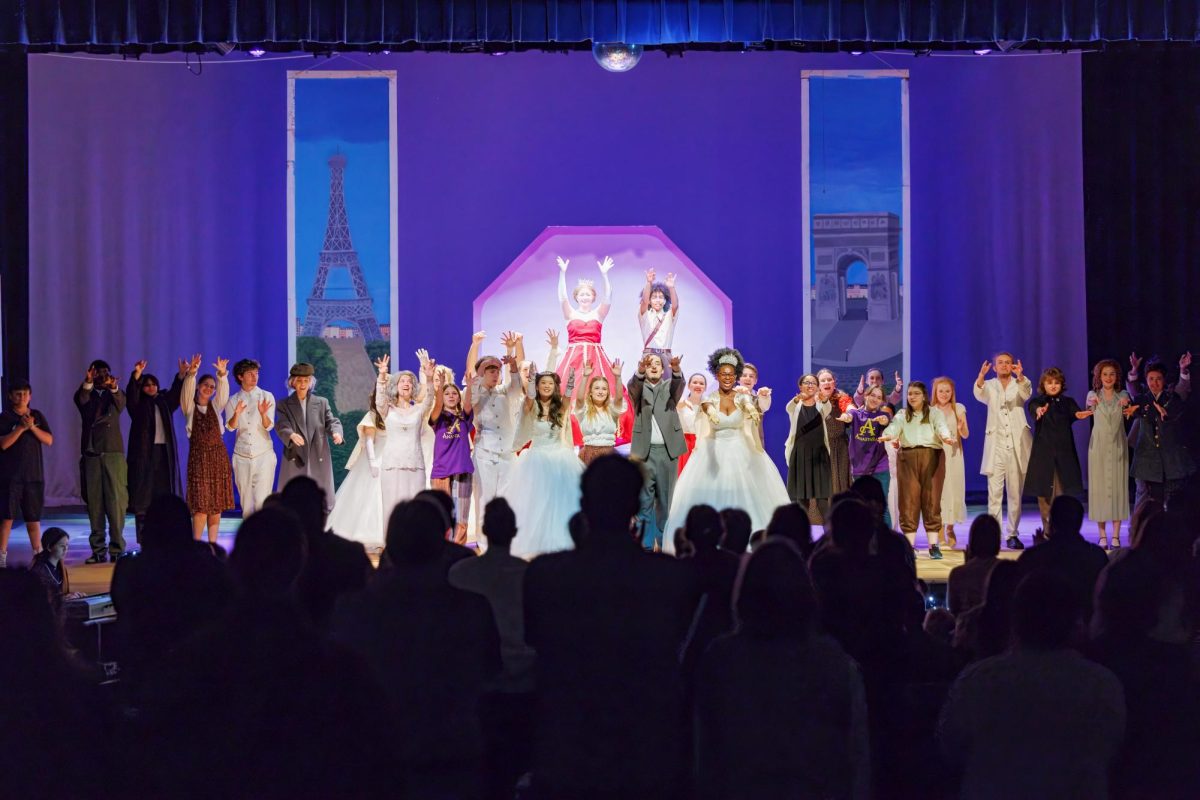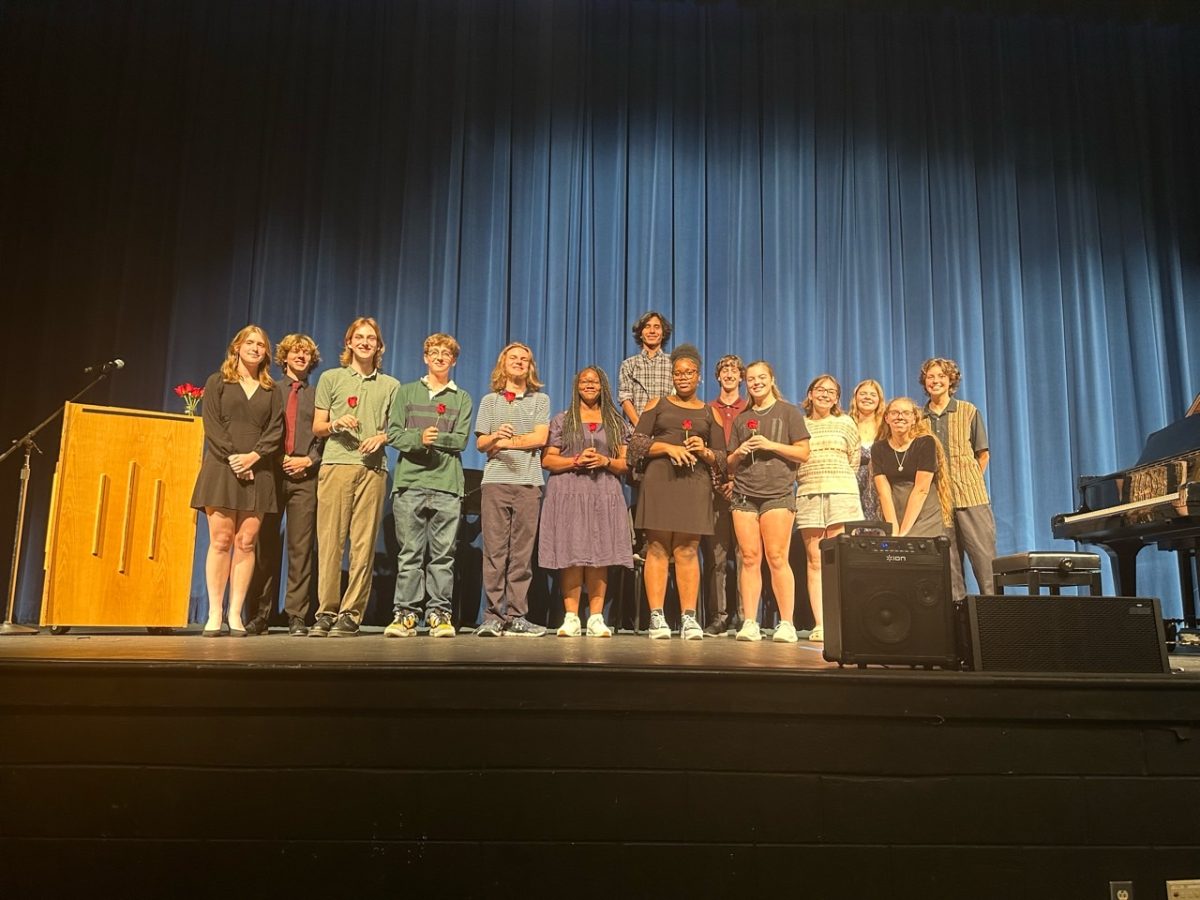By: Breanna Shiflett
Although our childhoods were all very different, there’s one thing that almost all of us have in common: we grew up in a world that was surrounded by fairytales. Whether in the form of bedtime stories, Disney cartoons, or sing-along musicals, fairytales were very much a huge part of our little kid minds. We all grew up in awe of stories like Snow White and the Seven Dwarves and Hansel and Gretel, and we lived in a world where little girls wanted to be Cinderella and little boys wanted to be Prince Charming. These stories have been shared for generations, and have even changed to adapt to certain cultures, so for almost everyone they are familiar and enjoyable, a fact which may lend itself to the phenomenon of these tales re-emerging in our entertainment over the last few years. What’s that coming over the river and through the woods? Well, it looks an awful lot like a Hollywood trend.
However, the way these fairytales are being portrayed today may not be the same as how we remember them as kids (unless, of course, your parents read you the Brothers Grimm versions when they tucked you in at night). With new films like Snow White and the Huntsman, Hansel and Gretel: Witch Hunters, and most recently, Jack the Giant Slayer, Hollywood has definitely taken to portraying these stories in a much darker light. This darkening of the stories is not a new concept, though—in fact, most of the family-friendly tales that we know and love today were actually violent, scary, and dark in their origin.
While most of us know about the Grimm brothers and their dark and twisted versions of fairy tales, in actuality, they were the first people who began sanitizing the stories. When Wilhelm and Johann Grimm published the first volume of their tales, they drew directly from dark folklore. The book was mainly published for scholarly reasons but ended up not selling well, and the only people who did buy them read them to their children and complained that they were too graphic. It was then that the brothers decided they would publish another volume, this time with a less graphic nature and a more narrative structure. This toning down of the stories paved the way for their acceptance as children’s literature, but there was still a long way to go for them to become the family-friendly tales that we know today. When the famous animator Walt Disney released Snow White and the Seven Dwarfs (which today is still the 10th highest-grossing film of all time) in the 1930s, it sparked the idea that fairytales were meant to be whimsical and fun musicals that were appropriate for the entire family to watch. Soon enough, with the release of more fairytale-related movies like Sleeping Beauty and Cinderella, the sanitization of these dark stories became known as “Disneyfication.” In more recent years, though, there has been a de-sanitization of these stories where their new adaptations have returned to their gritty origins.
But what is the reason for this sudden return to the dark side of fairytales? There are several different theories, but one that comes from the marketing side of things suggests that the de-sanitization of these tales came from the fact that many of the children who grew up with the carefree and fun Disney movies are now adults and prefer to watch more mature versions of the stories. Many people also believe that this trend can be traced back as far as the ‘90s, when entertainment in general started to become darker and the presence of anti-hero protagonists increased as a whole. Another huge influence for this retracing of steps in the genre is Christopher Nolan’s Batman trilogy. When the first movie was released in 2005, it was one of the first films that showed superheroes as dark, mysterious, and even a little scary. This set off a spark of other gritty reboots, especially with superhero movies, and hits like Spiderman, Iron Man, and Superman Returns followed. It’s even possible that this dark side may have returned because of the current times, at least according to Professor Patricia Lennox, an expert on fairytales at NYU’s Gallatin School. Just as Snow White and the Seven Dwarfs became hugely popular during the Great Depression, fairytale movies are becoming prevalent again as the world enters troubling times. Lennox states that with these troubles, especially financial ones, people are looking back to fairytales for hope. “Magic beans are going to be your only salvation, since you already had to sell the cows. These are scary times.”
Ultimately, though, the reason for the return of these fairytales in media can successfully be attributed to us, the audience. For most of us, these stories are familiar, so we are able to be comfortable with the story while also not having to be bored by it because of the new modern twists. These are stories that we know by heart, so naturally we are interested in seeing them in ways that we’ve never been able to experience before.
Today’s technology and special effects have allowed these tales to be completely revolutionized, and even though these are stories that we heard countless times while being tucked into bed, we can still be amazed and entertained by these new modern retellings. Because of the success of shows like Once Upon A Time and Grimm and movies such as Alice In Wonderland and Red Riding Hood, it appears that this dark Hollywood trend is here to stay, with several more fairytale-based stories, like Maleficent starring Angeline Jolie, already slated to be on the way. But don’t worry—even though the once upon a time might actually start on a dark and stormy night, we’re almost guaranteed to still have a happily ever after.





